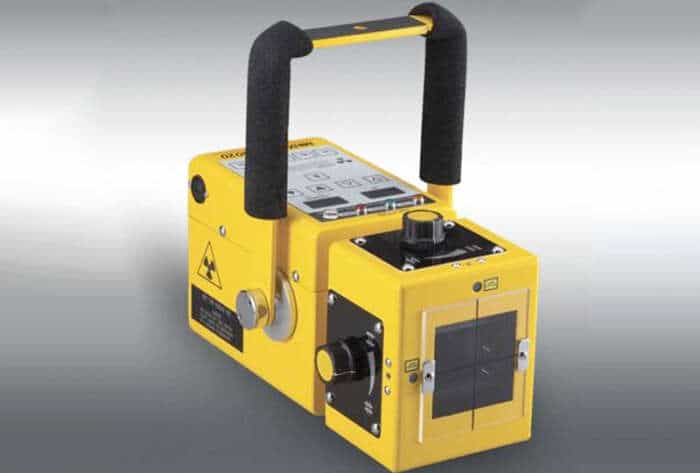In a groundbreaking achievement for space medicine, MinXray and DUXS (Diagnostic Ultra-portable X-ray for Space) program, collaborating with NASA, conducted the first diagnostic radiographs in zero gravity, according to a NewsBlaze report. The milestone achievement could improve the accuracy and speed of medical diagnosis in space and lead to more advanced medical procedures being performed in space.
“Radiographs are commonly used in medical diagnosis, but they require gravity to ensure that the X-ray machine and patient remain stable during the procedure. In zero gravity, this stability is not possible, making it challenging to obtain accurate radiographs, ” NewsBlaze reported. The successful experiment involved the development of a lightweight and portable radiography system that could operate in extreme temperatures and in the absence of gravity.
MinXray and DUXS Radiography Experiment
During the experiment, the MinXray and DUXS radiography system obtained diagnostic radiographs of a human cadaver’s chest, spine, and ankle, demonstrating the potential for the system to be used for medical diagnosis in space. The radiography system’s success is a significant milestone in the development of healthcare technology for space missions, where astronauts may experience a variety of medical conditions that require accurate diagnosis and treatment.

The use of compact radiography systems could lead to more advanced medical procedures, such as surgeries, being performed in space, NewsBlaze reported. The successful experiment has highlighted the power of collaboration in driving scientific advancements and demonstrated the potential for medical technology to be adapted to meet the unique challenges of different environments.
This experiment has significant implications for the future of space medicine and could enable longer and more complex space missions. The new radiography system’s lightweight and portable design make it ideal for use in space, where weight and space are at a premium.
The system could also have applications in remote or under-resourced areas around the world, where traditional radiography systems may be impractical or unavailable.
The experiment is a significant breakthrough in medical technology and could lead to other significant advancements in space medicine.
Key Takeaways
- MinXray and Duxs program conducted the first-ever diagnostic radiographs in zero gravity, in collaboration with NASA.
- The radiography system is lightweight, portable, and designed to operate in extreme conditions.
- The successful experiment could improve the accuracy and speed of medical diagnosis in space.
- The Radiography system could lead to more advanced medical procedures being performed.
- The collaboration between MinXray, Duxs program, and NASA highlights the power of collaboration in driving scientific advancements.
- The lightweight and portable design of the radiography system could have applications in remote or under-resourced areas on Earth.




